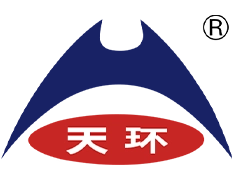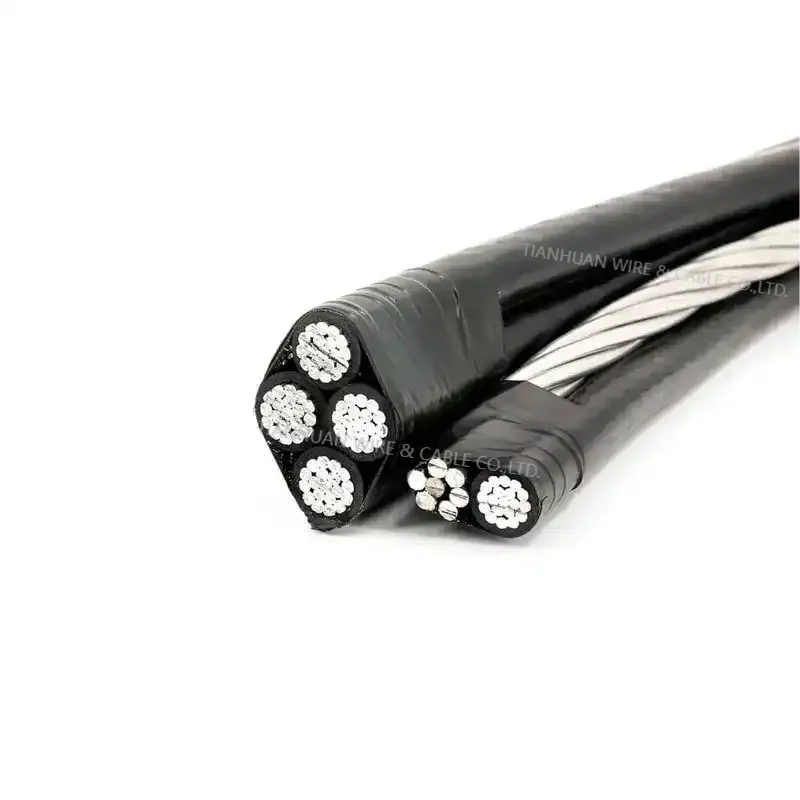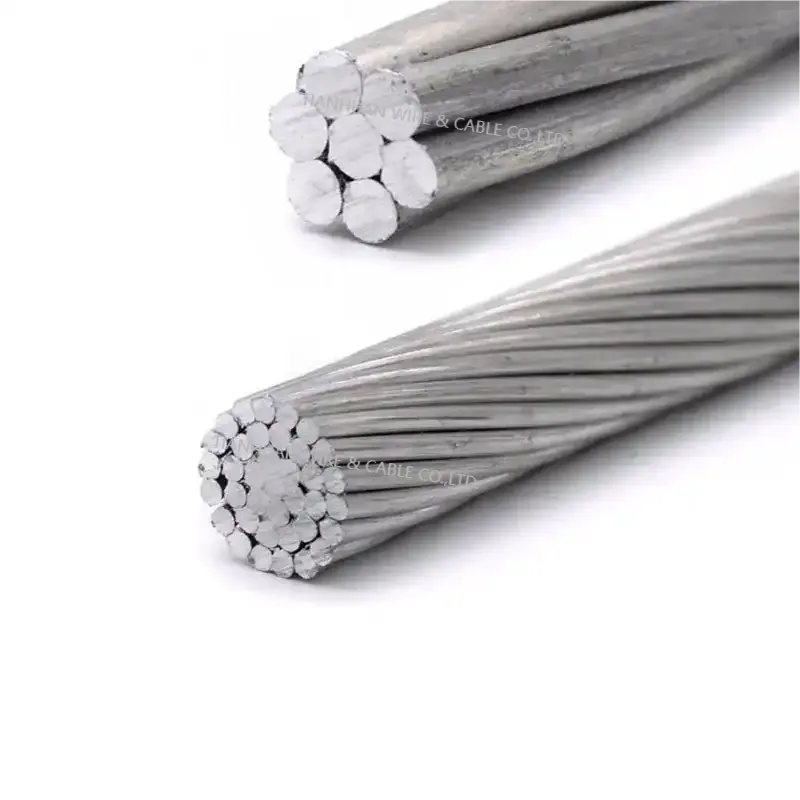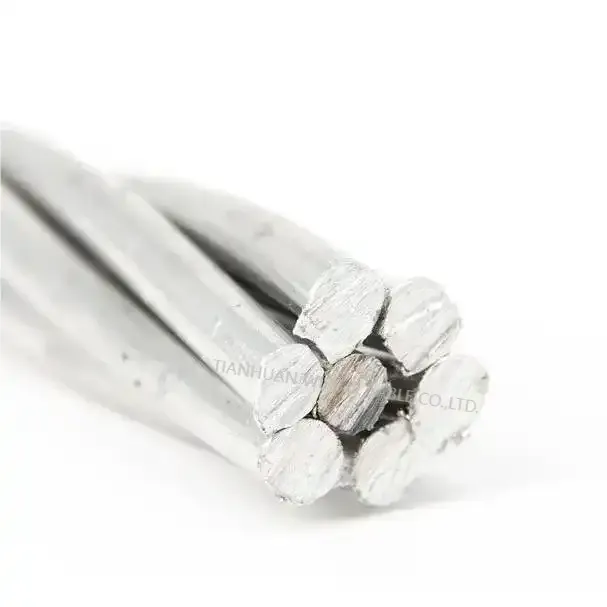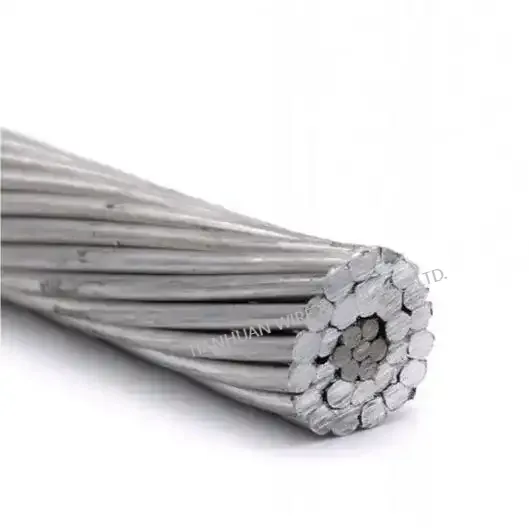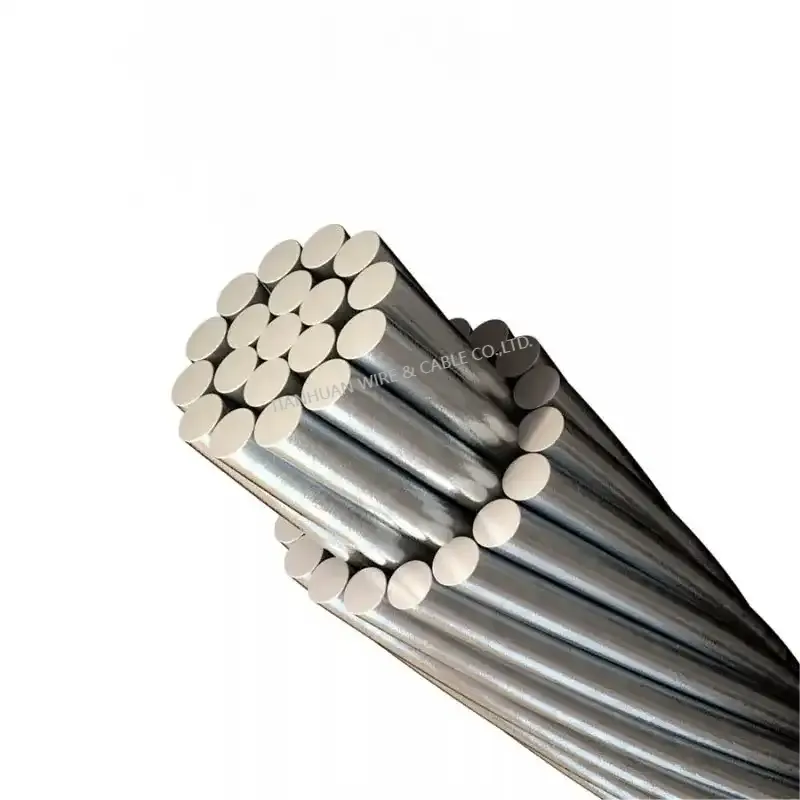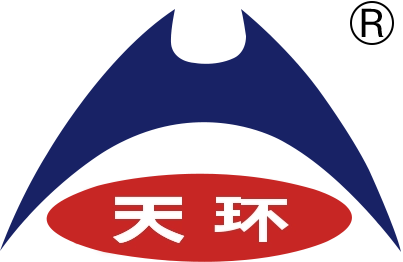CÁP TRÊN KHÔNG
What Is The Use Of Aerial Cable?
Aerial cables, also known as overhead cables, are specifically designed for outdoor installation and are commonly used for overhead power distribution and telecommunications. These cables are suspended from poles, towers, or other support structures, allowing them to span long distances and provide electrical power or communication signals to remote locations.
The primary uses of aerial cables include:
1. Power Distribution: Aerial cables are used to transmit electrical power from distribution lines to residential, commercial, and industrial areas. They are essential for extending the power grid to locations where underground installation may not be feasible or cost-effective.
2. Telecommunications: Aerial cables are utilized for transmitting telephone, internet, and cable television signals over long distances. They are often employed in rural or remote areas where laying underground cables is impractical.
3. Network Connectivity: Aerial cables can be used to establish network connectivity for data transmission, such as in outdoor Wi-Fi networks, surveillance systems, or industrial automation applications.
Aerial cables are designed to withstand outdoor environmental conditions, including exposure to sunlight, wind, rain, and temperature variations. They are constructed with materials and insulation suitable for outdoor use and are often designed to be resistant to UV radiation and weather-related damage.
What Is An Overhead Cable?
Aerial cables are overhead conductors equipped with an insulating layer and a protective sheath. They are a special cable manufactured using a production process similar to cross-linked cables. They are a new power transmission method between overhead conductors and underground cables. Aerial cables are all single-core. According to their different structures, they can be divided into hard aluminum wire structures, hard-drawn copper wire structures, aluminum alloy wire structures, steel core or aluminum alloy core support structures and self-supporting three-core stranded structures (wire The core can be hard aluminum or hard copper wire), etc. Its main technical parameters include weather resistance, insulation level, inner and outer semi-conductive shielding layers.





